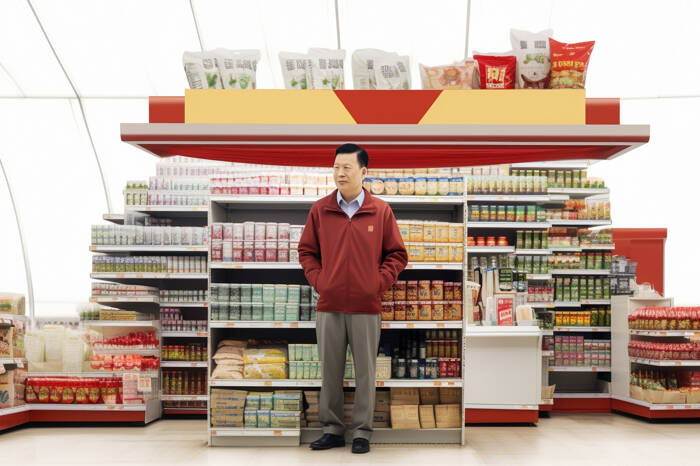Consumption challenge
While private consumption is only responsible for about 40% of China’s GDP, weakening of external demand has spotlight on domestic consumption. China continues to rely on investment and export. However, Beijing has pushed to transition to a consumed-powered economy to reduce dependence on external demand.
The US tariff weighed the demand for Chinese goods. With an increase of 7.2% in July, exports increased from year to year in August. Exports in consumer expenses and recession in pullbacks challenges 5% GDP development target of Beijing, pressurizing policy makers to roll fresh excitement.
Targeting the housing market may potentially address China’s domestic demand and the root cause of deflation contradiction. A reversal in domestic consumption can reduce pressure on margin and promote employment, consumer confidence is another piece of puzzle. Unemployment rose 5.2% to 5.3% in July in July, while young unemployment increased by 18.9%.
Mainland market growth
The possibility of more excitement that targets China’s housing market has raised the investor’s spirit. The mainland CSI 300 of China climbed a high of 4,590 on Thursday, 25 September, its highest level since March 2022. The Shanghai Composite Index reached a 10 -year high of 3,900 in early trade on Thursday, 25 September.
The year-on-year, CSI 300 and Shanghai Composite Index ralled 16.7% and 15.0% respectively, despite the US tariff, housing market crisis and vanning demand.
China’s race to dominate AI space, its progress in semi-circulars, and further excitement support has promoted the demand for mainland-list shares. Providing policy assistance in the housing market and improving consumer confidence can potentially lead the sequence of mainland to all -time high levels.
For perspective, the Hang Seng Index has increased 32.3% YTD, which has increased the appeal of the mainland A-shares relative to the Hong Kong-Licked Equities.


